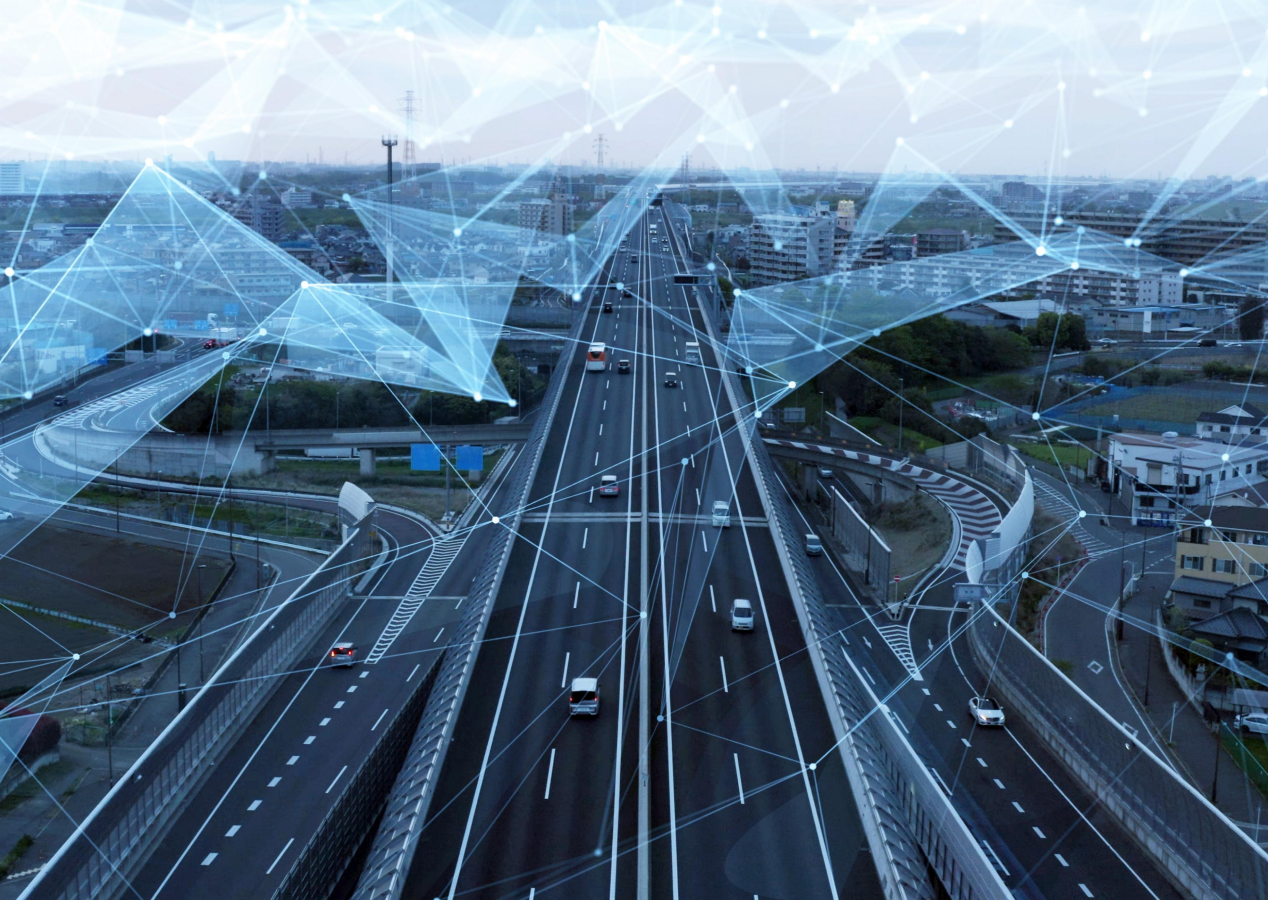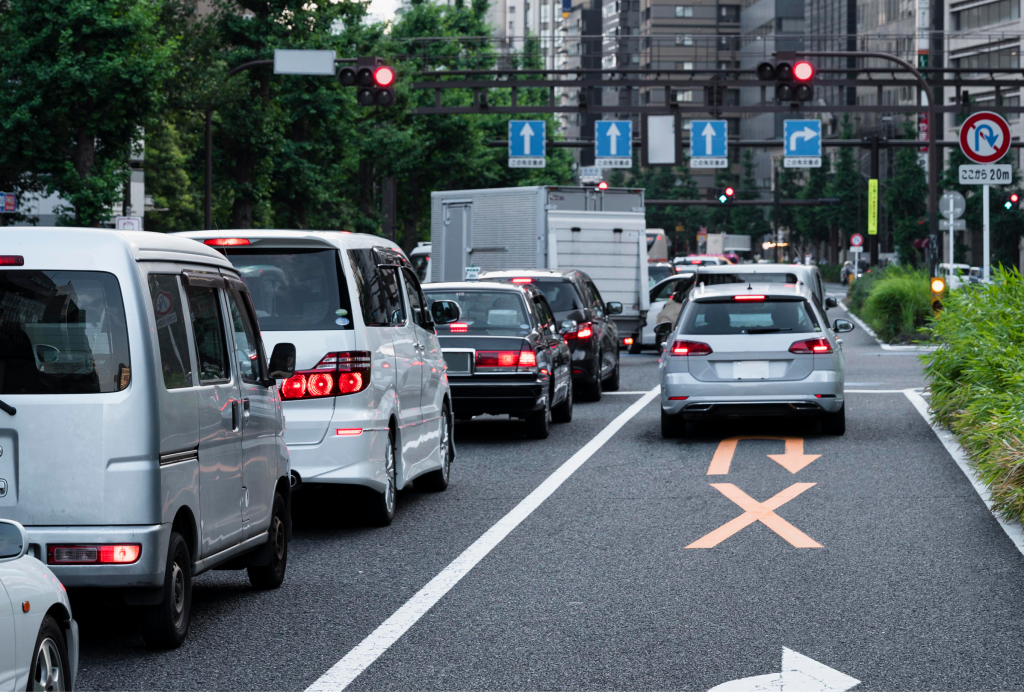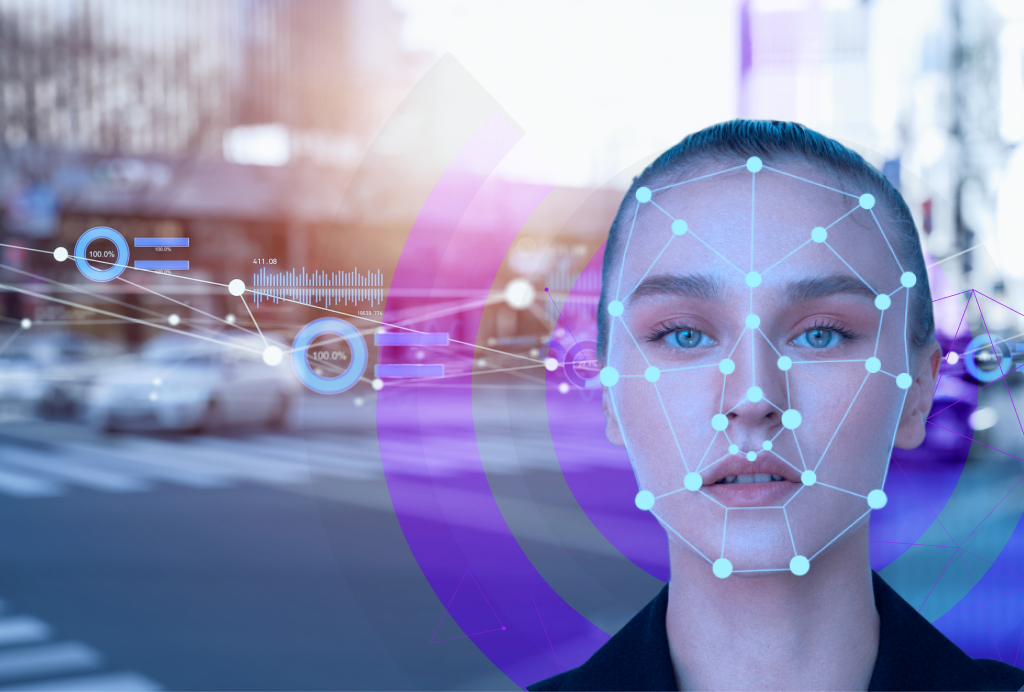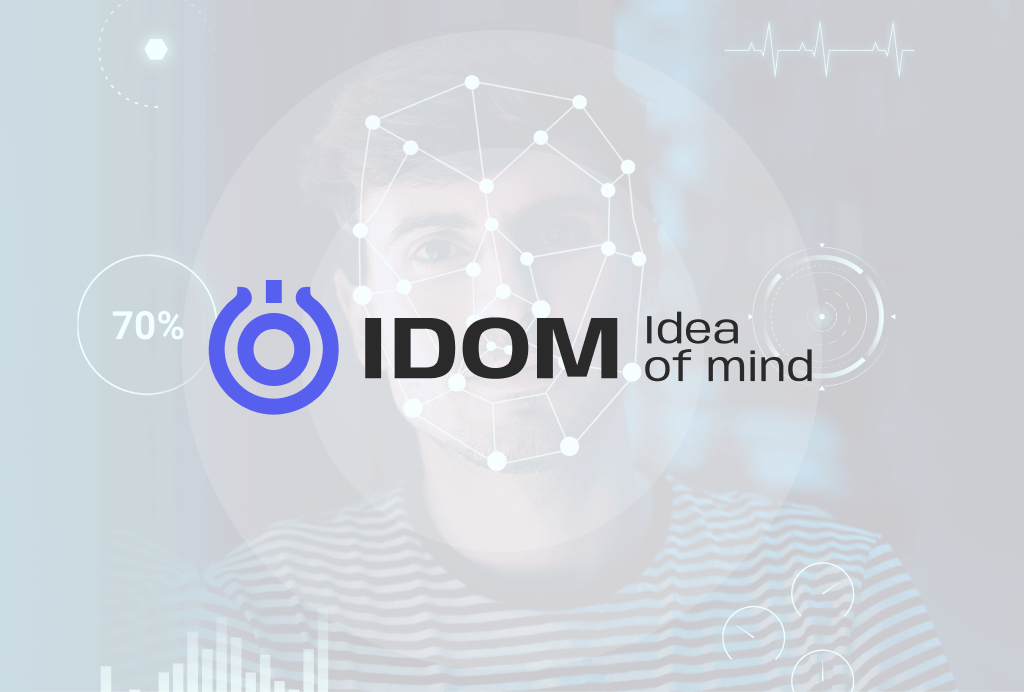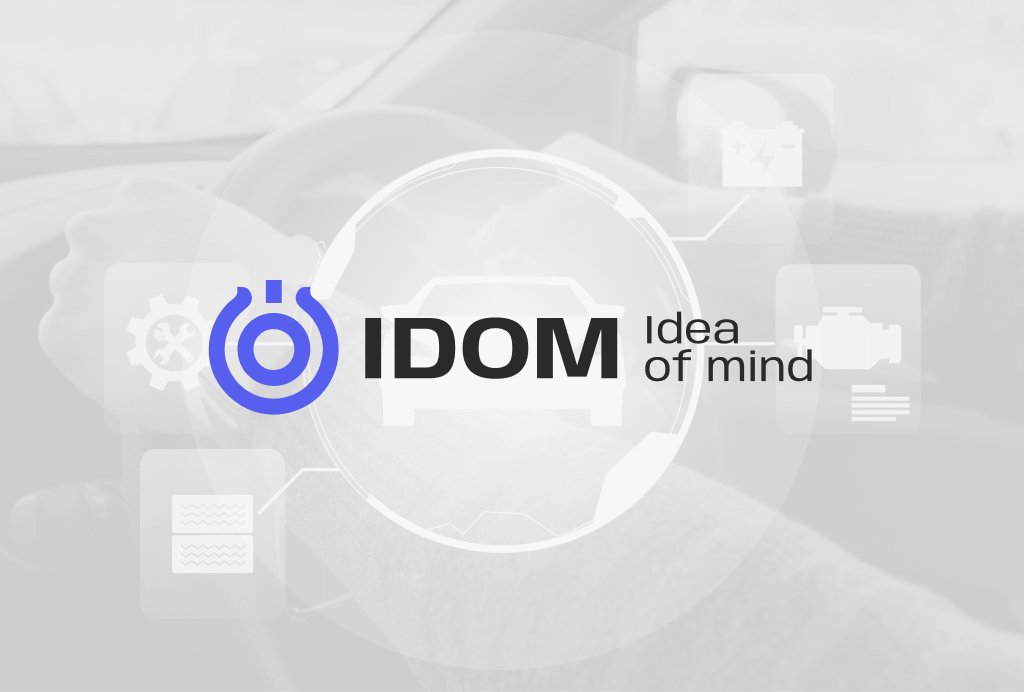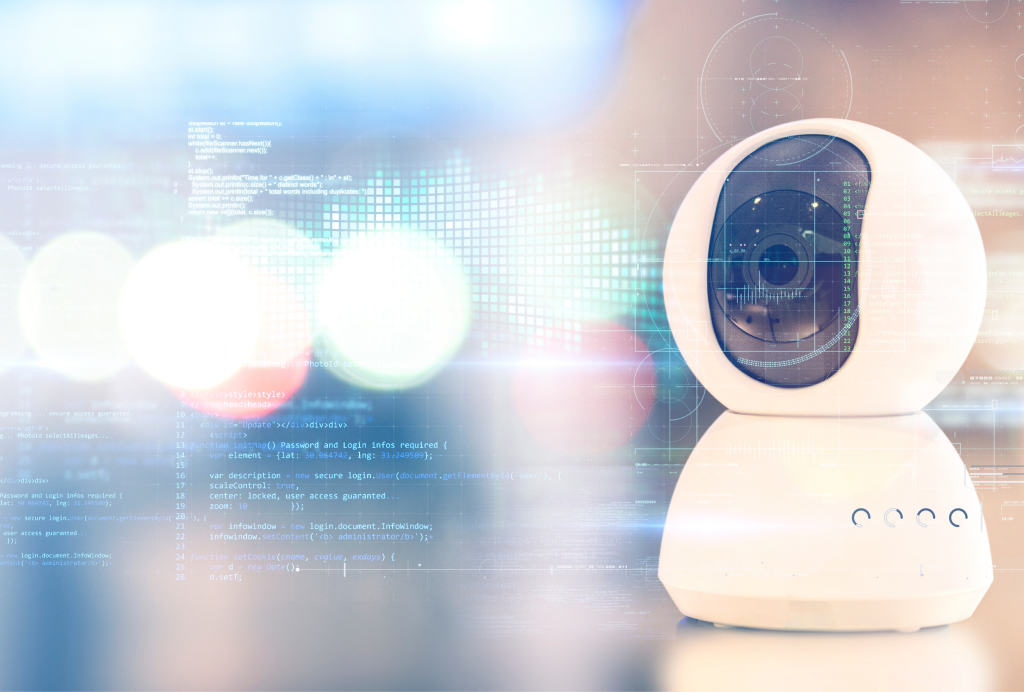Introduction
With the world population urbanizing, cities are increasingly demanding to deliver efficient services, reduce environmental impact, and provide safety for their citizens. Artificial Intelligence is at the forefront of this transformation; enabling the development of smart cities using data-driven solutions to improve urban life. This article discusses how artificial intelligence shapes urban developments toward creating stable and advanced cities.
Key Areas Where AI is Transforming Urban Development
1. Traffic and Transportation Management
AI is also used to analyze the patterns in traffic, optimize the traffic light system, and streamline public transit. For example, intelligent traffic lights optimize signals to current conditions in real time, reducing commute times and emissions. AI plays a huge part in autonomous vehicle technology, which will likely transform urban mobility.
2. Energy Management and Sustainability
In terms of energy management, smart cities use AI to monitor the performance of buildings and optimize energy consumption, coordinating the use of renewable energy sources. It meets energy demand and supply by balancing usage, thus averting energy waste—a factor leading to sustainability in a highly populated area.
3. Public Safety and Surveillance
AI-driven surveillance systems employ the system to enhance public safety by detecting unusual behavior and alerting authorities in real time. It is capable of quickly analyzing large amounts of data from cameras and sensors, therefore responding to incidents faster and enhancing urban security.
4. Waste Management
AI helps optimize waste collection routes, predict demand, and monitor disposal sites in order to cut down on environmental impact. Smart bins equipped with sensors can alert the sanitation teams when they are full, hence improving efficiency in waste collection and management.
5. Healthcare and Emergency Services
AI would definitively enhance the urban healthcare system by optimizing hospital resource allocation, predicting outbreaks, and supporting emergency response. Cities can use predictive analytics to prepare for health crises, allocate resources, and improve patient outcomes.
6. Urban Planning and Development
AI-driven data analysis enables city planners to make decisions informed by data, from zoning and land use to infrastructure development. With real-time information on population growth, pollution levels, and housing needs, AI assists in sustainable urban expansion that caters to the requirements of citizens.
Benefits of AI in Smart Cities
1. Better Efficiency
AI will automate many city processes, reducing the load on city employees and making operations streamlined. All the way from traffic management to resource allocation, AI-driven automation enhances city efficiency.
2. Environmental Sustainability
AI helps cities reduce their carbon footprint and environmental impact through better energy use optimization and waste management, reaping benefits for a greener and more sustainable urban environment.
3. Improved Quality of Life
With better traffic flow, cleaner air, and safer streets, the quality of life for citizens improves. The AI-driven smart city solution contributes to a better quality of urban life, answering the changing needs of citizens.
Challenges in Implementing AI in Smart Cities
1. Privacy and Data Security
AI systems of smart cities are based on big data, which involves several privacy issues. To ensure and sustain public trust, it is a must to protect personal data and use them responsibly.
2. High Costs and Infrastructure Demands
Building AI-powered smart cities requires much investment in technologies and infrastructure. Cities can find it difficult to finance and maintain the required infrastructure, especially in the case of emerging economies.
3. Technical Skills and Workforce Development
Implementing and managing AI systems requires a skilled workforce. Training city employees to work with advanced technology is essential for the successful deployment and maintenance of smart city solutions.
Conclusion
AI is playing a transformational role in urban development, providing solutions for structured, sustainable, and flexible cities. As more cities embrace AI driven systems, they will be in a better position to handle challenges arising from urbanization and improve the quality of life for citizens. While challenges also exist, the advantages of smart city AI have the potential to blossom into a brighter, more connected future.
For a deeper understanding of AI’s environmental impact, read our article on AI in Environmental Monitoring: Tracking Climate Change in Real Time.



